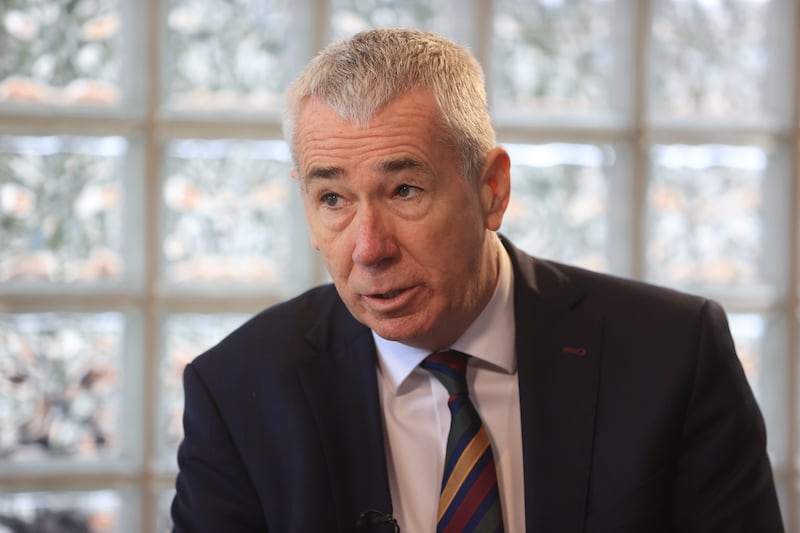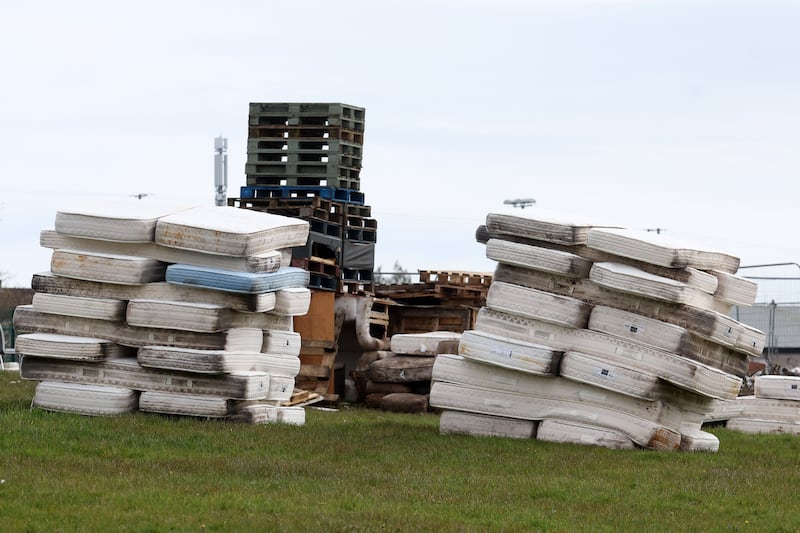The horror and scale of the Grenfell Tower tragedy, which claimed the lives of 71 victims in June last year, shook public confidence in high rise residential blocks and required an urgent review of safety measures and building regulations.
Concerns focused on the cladding which had been fitted to the outside of the 24-storey block in North Kensington, London and its role in the rapid spread and intensity of the fire which began in a fourth-floor flat.
The tower was not fitted with a sprinkler system while the only means of escape for many residents was a single internal staircase which rapidly filled with smoke.
In the aftermath of this catastrophe and faced with growing public alarm, it was imperative that housing organisations assessed the safety arrangements in high rise buildings and provided reassurance to those living in them.
The Northern Ireland Housing Executive commissioned an independent report which was published this week, setting out a number of recommendations.
The review group, led by Professor Alastair Adair of Ulster University, should be commended for reporting back within a relatively short period as clearly any issues relating to the safety of residents must be addressed as a matter of urgency.
Having examined the cladding, fire safety measures and risk assessments across all 33 housing executive tower blocks, the group identified a number of areas requiring remedial work.
In terms of key findings, the group said the material used to clad four housing executive tower blocks is not the same as that used on Grenfell Tower and is compliant with building regulations.
However, fire safety expert Dr Tom Woolley has raised further issues about the safety of cladding and it is important that everyone living in tower blocks fitting with this material is satisfied that their buildings are safe.
A major step towards providing peace of mind to residents of all the housing executive's high rise buildings would be the installation of sprinkler systems which could stop a fire before it takes hold.
After the disaster at Grenfell, lessons must be learned.







